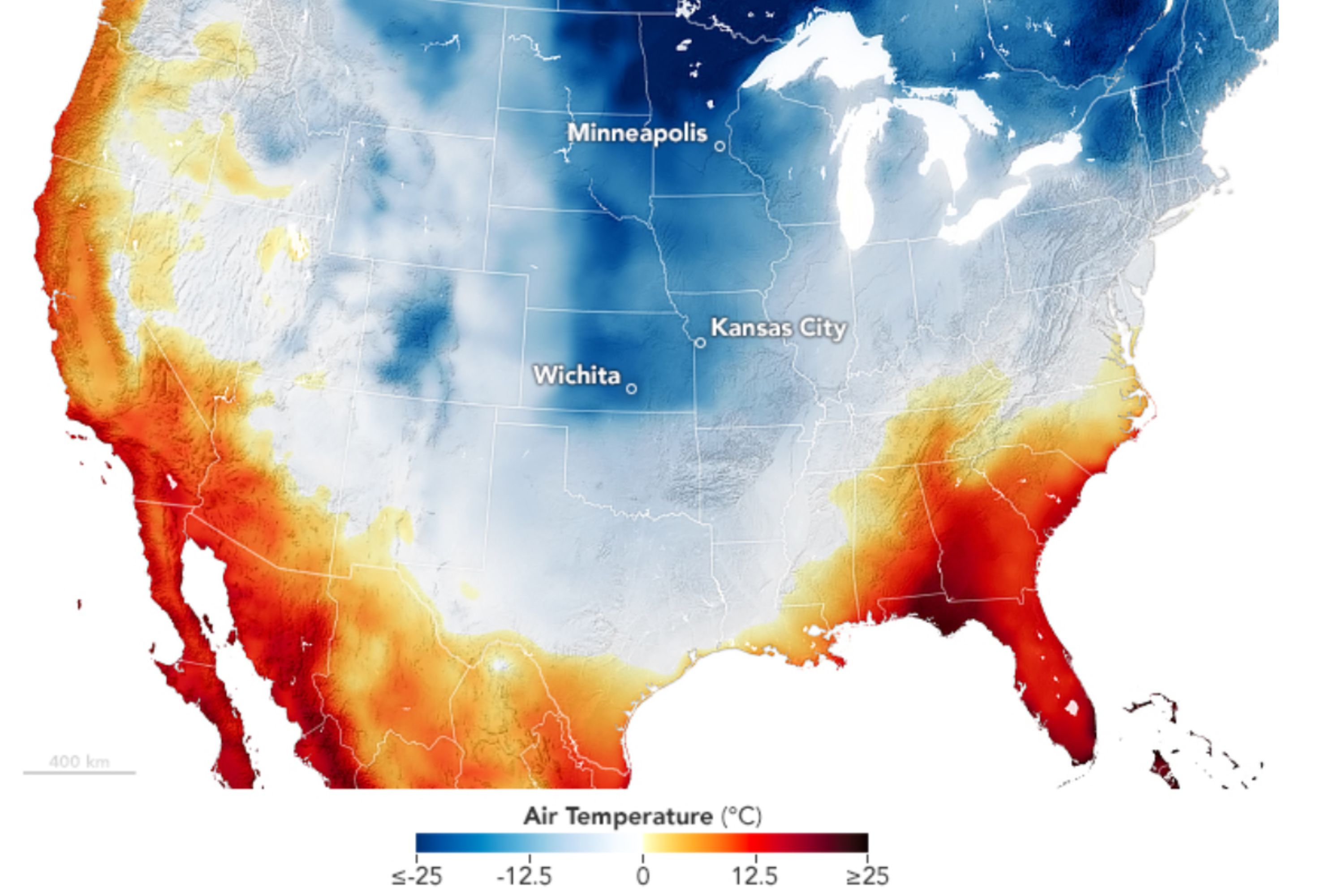Nearly 600,000 people have been evacuated after Storm Dana brought 68 mph winds and heavy rain to India's east coast on Friday.
The storm made landfall in Odisha state late Thursday night with gusts reaching 75 mph, according to the Indian Meteorological Department. Officials reported to the Press Trust of India news agency that the storm is expected to continue moving into northern Odisha.
Heavy rains and strong winds from the storm battered parts of Odisha and neighboring West Bengal, bringing down trees in several districts. As of early Friday, there were no reports of fatalities.

Storm Dana Evacuations
Nearly 600,000 people were evacuated from high-risk areas in Odisha ahead of the storm, with rescue teams on standby in case of further flooding and damage in vulnerable areas. These efforts were aimed to minimize casualties and disruption while the storm intensified.
Authorities also closed schools, canceled over 200 trains, and suspended flights to and from the capitals of Odisha and West Bengal, in preparation for the storm's affect.
Authorities remained on high alert for potential damage in three Odisha districts, with forecasts predicting a sea surge of about one yard, which could further inundate low-lying areas.
Where is Storm Dana Now?
Chief Minister Mohan Charan Majhi told the Press Trust of India before the storm hit the coastline on Thursday: "The government is fully prepared to tackle the situation. You are in safe hands."
On Thursday Indian television station Kalinga TV posted on X, formerly known as Twitter "Over 5,000 relief centers have been set up in the state, with almost 31,000 people evacuated due to the cyclone."
The post continued: "Tourists are advised to vacate Puri by October 25. Odisha police have designated police officers in cyclone-vulnerable villages to ensure immediate response and effective management due to the Cyclone."

How Vulnerable Is India to Storms?
India's eastern coasts have long been prone to cyclones, but the number of intense storms is increasing along the country's coast. Last year was India's deadliest Cyclone season in recent years, killing 523 people and costing an estimated $2.5 billion in damage.
Climate scientists report that severe storms are increasingly frequent in South Asia, with global warming—driven by greenhouse gases—causing these storms to grow more intense and unpredictable. This trend amplifies risks for the region, leading to stronger winds, heavier rainfall, and widespread damage.
As climate change progresses, these extreme weather events are expected to become more common, posing ongoing challenges for vulnerable communities.
This article includes reporting from The Associated Press




















 English (US) ·
English (US) ·